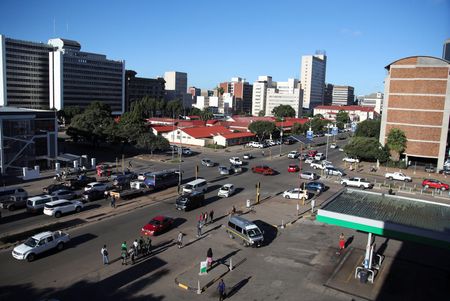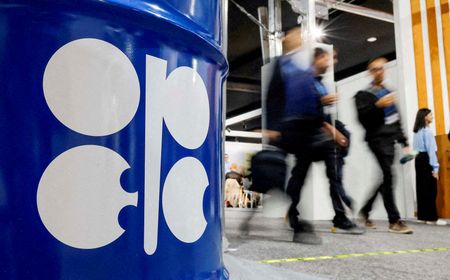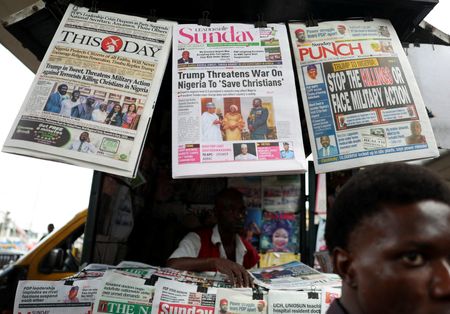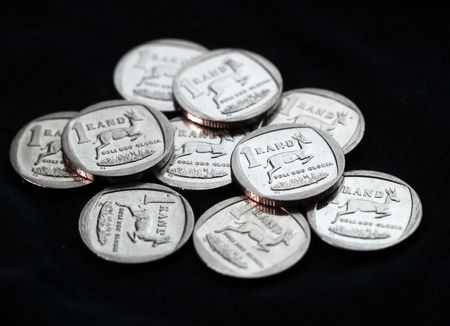By Chris Takudzwa Muronzi
HARARE (Reuters) -Zimbabwe’s annual inflation rate could halve from current levels by the end of 2025, driven by a stable local currency supported by high gold prices, according to a report by the Confederation of Zimbabwe Industries released on Monday.
Annual inflation in Zimbabwe measured in the Zimbabwe Gold (ZiG) currency fell sharply to 32.7% in October from 82.7% in September, the CZI said. The organization expects inflation to decline further, potentially reaching between 15% and 20% by December 2025.
This projection is attributed to negative month-on-month inflation in recent months and a stable ZiG currency, bolstered by surging gold prices.
“The policy target is for an annual ZiG inflation of about 30%. The negative month-on-month inflation for the past two months has helped increase chances of this happening,” the CZI said in its October 2025 Inflation and Currency Developments Update.
The CZI, Zimbabwe’s main business lobby representing manufacturing and industrial firms, publishes independent macroeconomic data that investors use as an early indicator of domestic price and currency trends.
The ZiG currency, partly backed by gold, has maintained stability in official markets, with a parallel market premium of approximately 20%, analysts at Oxford Economics said.
Gold production in Zimbabwe is forecast to surpass the record 38.4 tonnes achieved in 2024, driven by high bullion prices, according to the same analysts.
Zimbabwe has grappled with persistent inflation and currency instability for over two decades, with frequent dollarization episodes undermining confidence in local money.
A sustained reduction in inflation would be a critical step toward restoring policy credibility and facilitating economic recovery in the Southern African nation.
(Reporting by Chris Takudzwa Muronzi; Editing by Colleen Goko and Jan Harvey)










